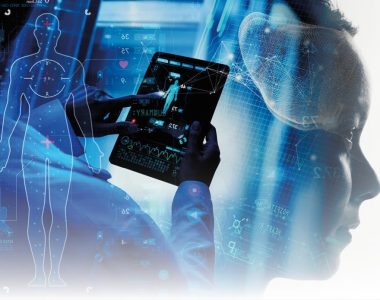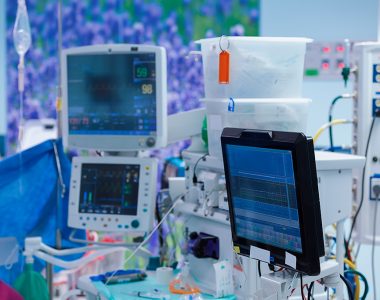
The field of Biomedical Engineering (BME) has witnessed significant advancements over the years, with theintegration of robots in healthcare being one of the most transformative innovations. Robotics has becomea potent tool for revolutionizing medical operations and healthcare delivery. In this article, we will explorehow robotics is advancing in the BME area, enhancing patient care and surgical precision, and paving theway for a new era of personalized medicine.
Robotic technology has dramatically enhanced surgical precision, offering unparalleled accuracy in complexmedical procedures. Robotic-assisted surgeries, also known as minimally invasive surgeries, have gainedpopularity in various disciplines, including urology, gynecology, and cardiac surgery. With robotics, surgeonscan perform delicate procedures with enhanced agility and precision, reducing tissue damage, minimizingscarring, and faster patient recovery times. The Da Vinci Surgical System stands out as one of the mostwidely used robotic surgical platforms, enabling surgeons to control tiny robotic arms equipped withsurgical instruments through a console, providing a 3D view of the surgical site. The robotic arms canreplicate the surgeon’s movements with greater precision, facilitating intricate procedures that werepreviously challenging or impossible through traditional methods. As a result, patients experience less pain,reduced blood loss, and shorter hospital stays.
Robotics has also extended its influence to the field of rehabilitation, playing a crucial role in aidingpatients with physical disabilities. Wearable robotic devices, known as exoskeletons, are designed toenhance mobility and strength, assisting individuals with spinal cord injuries, stroke survivors, and thosewith mobility impairments in regaining their ability to walk and carry out daily activities. Additionally,robotic prosthetics have brought about a revolutionary change in the lives of amputees, providing advancedlimb replacement options that closely mimic natural movements. These prosthetic devices utilizesophisticated sensors and actuators to interpret neural signals, granting users greater ease and precision incontrolling their prosthetics. Through these remarkable advancements in assistive robotics, the quality oflife for people with physical disabilities has significantly improved, enabling them to participate moreactively in society.
Integrating robotics in healthcare has also paved the way for personalized medicine. By combining roboticswith artificial intelligence and data analytics, medical professionals can analyze vast amounts of patientdata and customize treatments to meet each individual’s unique needs. This approach allows for moreprecise diagnoses, personalized treatment plans, and improved patient outcomes. In drug delivery, roboticsystems have enabled the targeted and controlled administration of medications. Nanorobots, for example,can be designed to navigate through the bloodstream, delivering drugs to specific sites within the body,such as tumours. This targeted drug delivery method reduces side effects and increases the therapeuticeffectiveness of drugs.
Robotics has been pivotal in advancing telemedicine and remote surgery, revolutionizing how medicalpractitioners interact with patients and conduct procedures. With telemedicine, doctors can offerconsultations and perform specific medical interventions remotely, providing much-needed medical care tounderserved and distant areas. Similarly, remote surgery allows skilled surgeons to operate on patients infar-off locations using robotic systems and advanced communication technology, bridging the healthcaregap and ensuring access to specialized expertise for patients worldwide, regardless of their geographicallocation.
In conclusion, integrating robotics into Biomedical Engineering marks the beginning of a transformative erain healthcare. It holds the potential to revolutionize surgical precision, elevate rehabilitation outcomes,usher in personalized medicine, and grant greater access to medical expertise through telemedicine andremote surgery. As robotic technology progresses, it is poised to reshape the healthcare landscape,elevating patient care and unlocking new avenues for medical treatments. The collaborative efforts ofresearchers, engineers, and medical professionals will push the boundaries of robotics in the BME field,paving the way for a future where robotics is increasingly vital in enhancing individuals’ well-beingworldwide.
Feel free to contact us for expert technical advisors should you need any help in choosing the correct Biomedical product for purchase.



